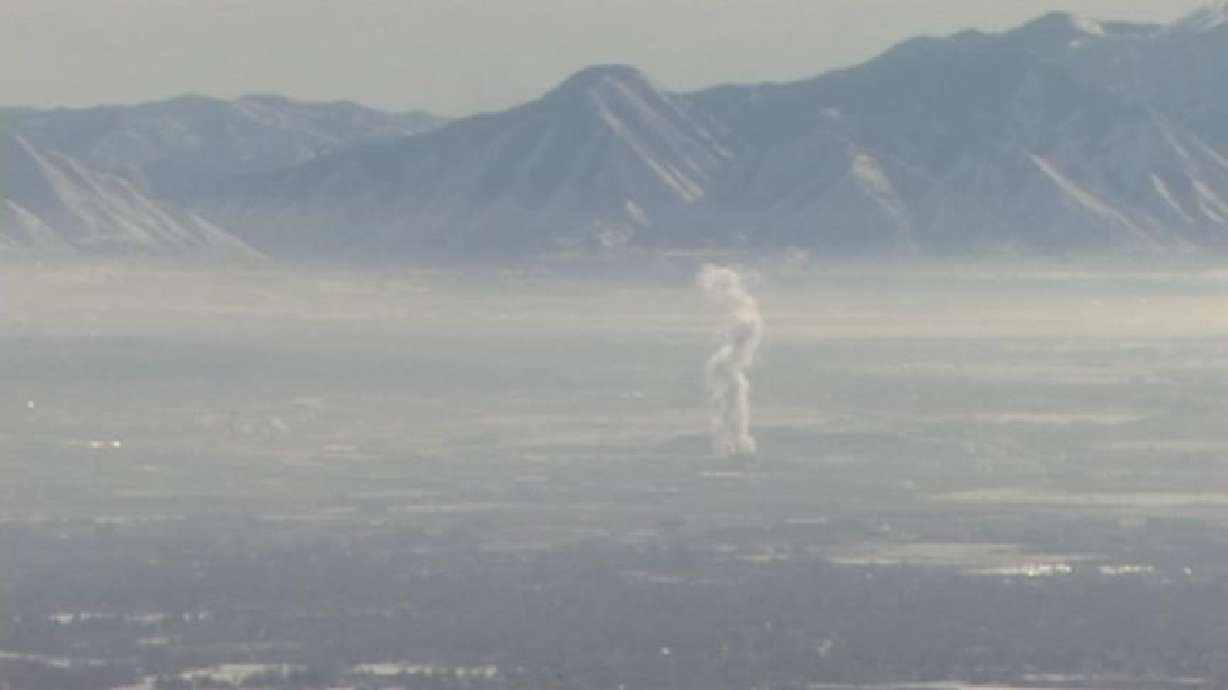Estimated read time: 3-4 minutes
This archived news story is available only for your personal, non-commercial use. Information in the story may be outdated or superseded by additional information. Reading or replaying the story in its archived form does not constitute a republication of the story.
SALT LAKE CITY — A standoff between state air quality regulators and the Environmental Protection Agency over a rule governing how industry "breakdowns" are treated has ended after the federal agency refused to back down.
Because the EPA said it will not reconsider its rejections of Utah's air quality plan due to its breakdown provisions, Utah can now pursue developing a new rule, said Bryce Bird, a branch manager of the state Division of Air Quality.
That process will involve working with interested parties, including industry and clean air advocates, on creating new regulations that will keep Utah from losing any federal road money, which EPA had threatened to yank.
The rule does not have any impact on the level of pollutants emitted by industry, but rather how state regulators handle instances of excessive releases.
Current Utah rules say equipment failures that result in an accidental release of pollutants would not be considered a violation if the company in question could demonstrate that the accident was not the result of poor maintenance or poor design.
The EPA's regulation by contrast assumes there is liability.
The federal rule, he said, also allows the EPA and residents in general to bring suit if a breakdown occurs.
Utah officials have about 18 months to change the state rule to ensure polluters are cited for a violation first, instead of the state having to investigate a breakdown and then issue a violation, said Monica Morales, the head of the air quality planning unit for the Environmental Protection Agency's Region 8 office in Denver.
The current rule "is not in compliance with the Clean Air Act," Morales said.
Monday's EPA ruling is part of an ongoing effort to tighten loopholes in state air quality rules. In 1999, the EPA specifically targeted pollutants released when a facility starts operating, shuts down or malfunctions.
Since that time, the EPA has forced more than a dozen states to modify their rules, including Colorado, Wyoming and North Dakota, Morales said. Other states, such as Georgia, are not facing sanctions, despite having a nearly identical rule.
This past winter, areas along the urban Wasatch Front in Utah reported the worst air quality in the country on multiple days.
Last year, only three excessive pollution releases were caused by "unavoidable breakdowns" and lasted more than two hours, Bird said. Only a dozen occurred in the last four years, he said. The state does not require reporting of malfunctions that last less than two hours.
"Breakdowns aren't in the best interest of the industry," Bird said. "That's enough incentive for them."
Industry is not abusing the rule, either. Bird said he remembers only one company being cited because an "unavoidable breakdown" was found to be preventable, and that was more than a decade ago.
If the state decides against changing the rule, it would likely mean a lawsuit against the EPA, which the state should consider, said Utah Manufacturing Association president Tom Bingham. After all, the current rule put in place about a decade ago, with industry input, works fine, he said.
"We looked to find something that would protect the environment but would also give some relief to industry," Bingham said. "If it's unavoidable, it's not fair to punish" the company.
Email:aodonoghue@ksl.com,Email:









